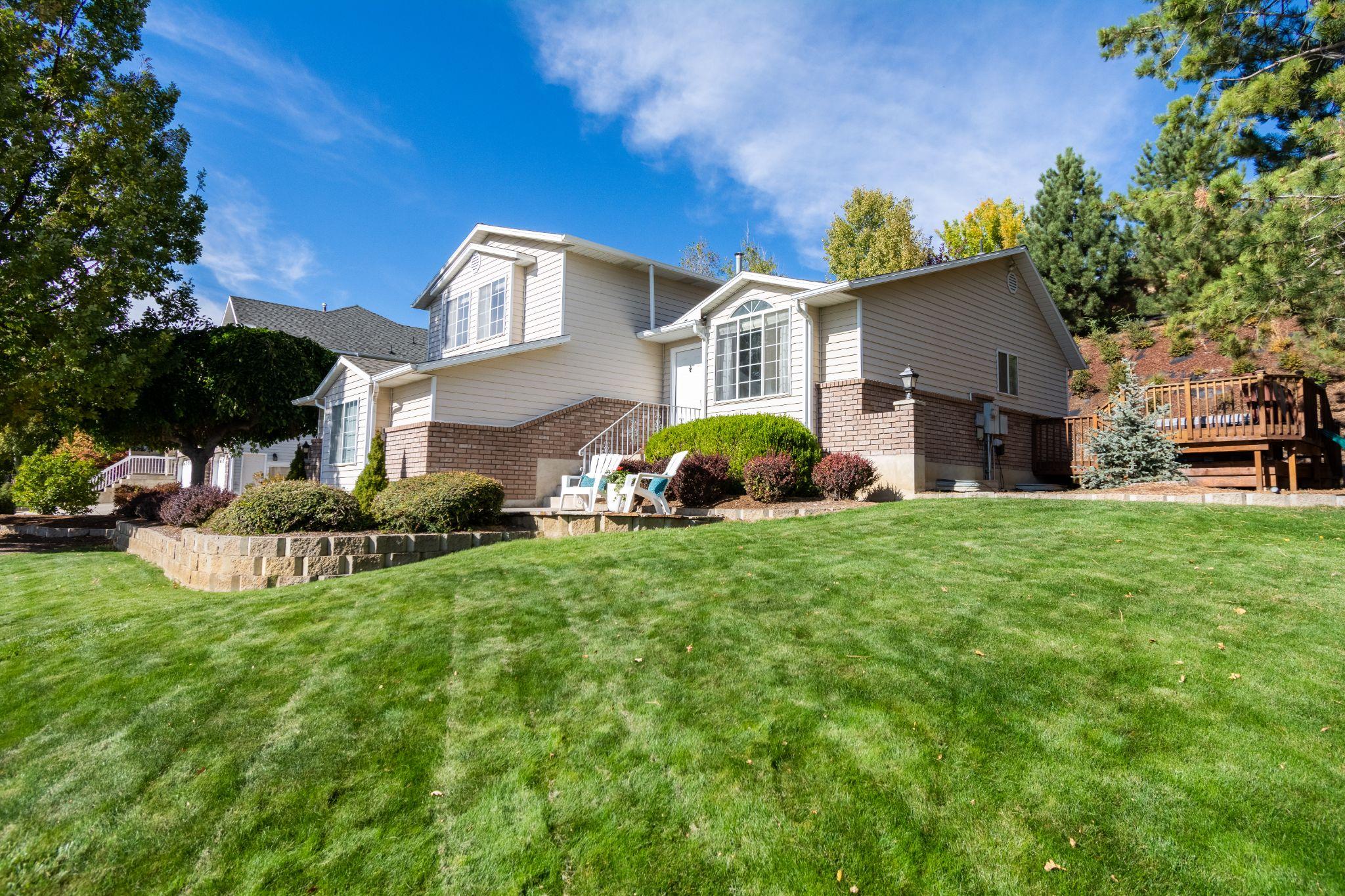Are you tired of your beautiful garden losing its shape and getting invaded by unruly grass and weeds? Do you wish there was a simple and elegant solution to keep your lawn looking neat and well-defined? Look no further than steel lawn edging! With its sleek appearance and sturdy construction, steel edging is quickly becoming the go-to choice for homeowners and landscape enthusiasts alike. In this article, we will explore the allure of steel edging, its perks, and the simple setup process that will have your garden looking like a work of art.
What is Steel Edging?
Before diving into the perks of steel edging, let’s first understand what it is. Steel edging is a landscaping material made from, you guessed it, steel! It comes in various forms, including strips, rolls, or pre-formed sections, and is typically installed around the edges of flower beds, pathways, or driveways. Its purpose is to create a clear separation between different areas of your garden, preventing the encroachment of grass, weeds, or mulch while adding a touch of elegance to your landscape design.
Perks of Steel Edging
Now that we know what steel edging is, let’s explore its numerous perks that make it such a popular choice among garden enthusiasts:
1. Durability: One of the biggest advantages of steel edging is its exceptional durability. Unlike plastic or wood alternatives, steel can withstand harsh weather conditions, resist rust, and remain structurally intact for many years. This means you won’t have to worry about replacing your edging frequently, saving you both time and money in the long run.
2. Versatility: Steel edging offers incredible versatility in terms of design and functionality. It can be easily shaped to fit any garden layout, whether you prefer straight lines or curved borders. Additionally, steel edging provides a clean and polished look, enhancing the overall aesthetic appeal of your garden.
3. Low Maintenance: Another perk of steel edging is its low maintenance requirements. Once installed, it requires minimal upkeep, allowing you to spend more time enjoying your garden rather than tending to it. Unlike wooden edging that may rot or plastic edging that may crack, steel edging will remain strong and intact with little to no additional care.
4. Weed and Grass Barrier: One of the primary purposes of steel edging is to create a barrier between your lawn and flower beds, preventing grass and weeds from spreading where they aren’t wanted. The sturdy steel material effectively stops the infiltration of unwanted greenery, keeping your garden pristine and reducing the need for constant weeding.
5. Easy Installation: Setting up steel edging may sound like a daunting task, but fear not! The installation process is surprisingly simple and can be accomplished by most DIY enthusiasts. All you need are a few basic tools such as a mallet, shovel, and string, along with the steel edging itself. We’ll walk you through the setup process step by step to ensure your success.
Setting Up Steel Edging
Now that we’ve covered all the perks of steel edging, let’s delve into the step-by-step process of installing it in your garden:
Step 1: Plan and Mark
Start by planning the layout of your garden and deciding where you want to place the edging. Mark the areas using string or spray paint to create clear lines and curves.
Step 2: Dig a Trench
Using a shovel, dig a trench along the marked lines. The depth of the trench should be slightly less than the height of the steel edging you’ve chosen. This will ensure that the edging sits firmly in place once installed.
Step 3: Place the Edging
Carefully position the steel edging into the trench, making sure it fits securely. For curved sections, you may need to cut the edging to the desired shape using a hacksaw. Once the edging is in place, tap it gently with a mallet to ensure it is firmly seated in the soil.
Step 4: Secure the Edging
To keep the edging in place and prevent any movement, use metal stakes or spikes to secure it at regular intervals along the trench. Hammer the stakes into the ground, ensuring they are flush with the top of the edging.
Step 5: Backfill and Finish
Finally, backfill the trench with soil, tamping it down firmly to provide additional stability. Smooth out the soil surface to create a seamless transition between your lawn and the edging. Add mulch or decorative stones for a finished look and to prevent weed growth.
And there you have it! Your steel edging is now installed, and your garden is ready to shine.
In conclusion, steel edging offers an array of benefits that make it an appealing choice for any garden enthusiast. Its durability, versatility, low maintenance, weed and grass barrier, and easy installation process make it a standout among alternative options. So, if you’re looking to add a touch of elegance and structure to your garden while keeping it well-defined and weed-free, steel edging is the way to go. Get creative, make your garden a work of art, and enjoy the allure of steel edging for years to come!
In addition to its numerous perks, steel edging also provides a long-lasting solution for maintaining the shape and structure of your garden. Its sturdy construction ensures that it will hold up against the elements and maintain its integrity for many years. This means that you can enjoy the benefits of steel edging without having to worry about replacing or repairing it frequently. With its sleek appearance and ability to withstand the test of time, steel edging truly is a worthwhile investment for any garden enthusiast.

